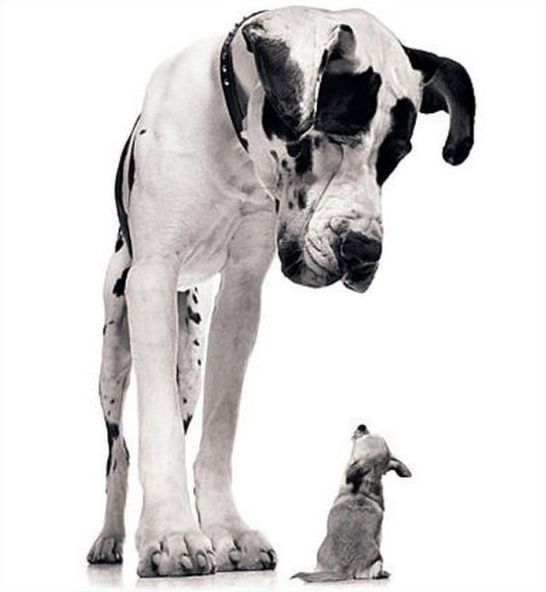|
|
Giant Dog
|
- They eat more than smaller breeds. For an example, giant breeds might require up to 4 cups of food twice per day, as opposed to 2.5 cups twice per day for a dog between 55-80 lbs. Often, they require specialty diets to tackle weight and joint management.
- Expenses overall may be more than for most breeds. Larger beds, collars, and toys cost more, as do grooming and kenneling very large dogs. There is also the issue of more expensive veterinary bills. For instance, anaesthetics and pharmaceuticals are charged by volume/mass, which is determined by the weight of the dog.
- Joint problems, such as hip dysplasia and arthritis, are common. Large breeds are also quite prone to osteosarcoma and susceptible to other debilitating bone and cartilage diseases. This is the result of a much higher growth factor- adult weight versus birth weight- and much longer growth period.
|
|









